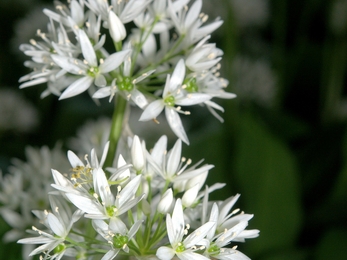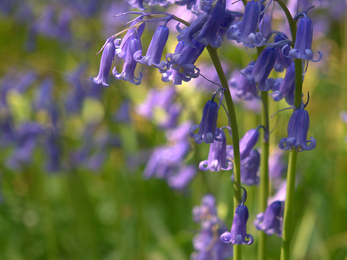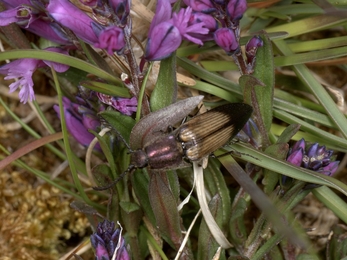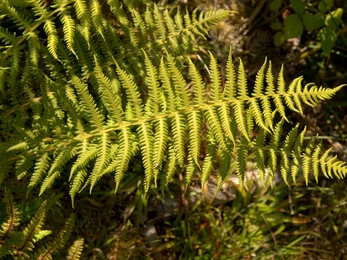Wet!
This Trust puts volunteer and staff time and effort into monitoring and research partly because of climate change impacts on wildlife. We know we can no longer rely on previous research, and that ‘tradition’ is a less reliable guide to nature reserve management. Things which worked in the 1980s and 1990s don’t work now. Gardeners know the first lawn cut has gradually moved forward, and the last has slipped back to November, December, even Christmas. The longer growing season applies equally to meadows and woodland rides. A reserve where 30 sheep for 6 weeks achieved an ideal sward may now need 40 sheep, or 10 weeks’ grazing in a typical year.
Did you notice my deliberate mistake there? With climate change there’s no longer ‘a typical year’! We’ve just experienced the wettest winter on record, a couple of years after the 40°C heatwave. Much basic management has been impossible this winter; many woods on the boulder clay have had to be closed; and paths have been flooded for weeks, in ways we’ve not seen before.
If you watch wildlife carefully, you’ll see changes every year, no two springs the same, and longer-term trends too. Wetter winters may be bad news for many of our woodland flowers which cannot cope with waterlogged soils. They may give wild garlic an advantage over bluebells. Mild, wet winters are also not good for animals that hibernate - they use up too much of their stored energy reserves.
In warm, damp conditions, hibernating insects can be attacked by fungi. Dormice may struggle to survive a warm winter, and those who hibernate low down in the woods may have been waterlogged in the last few months. Bats woken up by winter warm spells will waste energy flying in search of insects that haven’t emerged yet. Hence it’s vital that we continue to monitor butterflies, dormice, bats and much else, so we understand the impacts and can work out how to help wildlife adapt.





